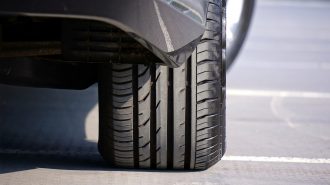
April 24, 2015
“Indirect” Common Inventorship Not Sufficient To Support Priority Claim Under 35 U.S.C. §120
The PTAB recently took up the issue of whether, in a family of patents and applications, a later patent in the family is entitled to the benefit of the filing date of an earlier-filed application in the family where the later patent and the earlier application do not themselves share a common inventor, but each application in the chain share a common inventor with at least the immediately preceding application. Without Federal Circuit precedent directly on point, the PTAB construed the statutory language of 35 U.S.C. §120 to require at least one common inventor between the later patent and the earlier-filed application to which priority is being claimed. Common inventorship between immediately-preceding applications in the chain alone is not sufficient.
In Polaris Wireless, Inc. v. True Position, Inc., IPR2013-00323, the Patent Owner attempted to disqualify an asserted prior art reference by claiming priority to the filing date of an application filed before the publication date of the prior art reference. The priority application was linked to the patent challenged in the IPR through a series of intermediary continuation applications. While each of the applications and patents in the family shared a common inventor with at least the application that immediately preceded it, the challenged patent did not share a common inventor with the priority application itself.
Without Federal Circuit precedent directly on point, the PTAB turned directly to the language of 35 U.S.C. §120, and particularly the provision that “…a patent is entitled to the priority date of an earlier filed application if…the applications have at least one common inventor.” The PTAB concluded that the “earlier filed application” properly refers to the prior filed application with the accordable filing date. The PTAB further concluded that its interpretation of the statute is “consistent with” (though not directly addressed by) Federal Circuit precedent on 35 U.S.C. §120.
Therefore, under Polaris Wireless, Inc. v. True Position, Inc., a patent is entitled to the priority date of an earlier-filed application only if the patent and the earlier-filed application themselves share a common inventor.




































